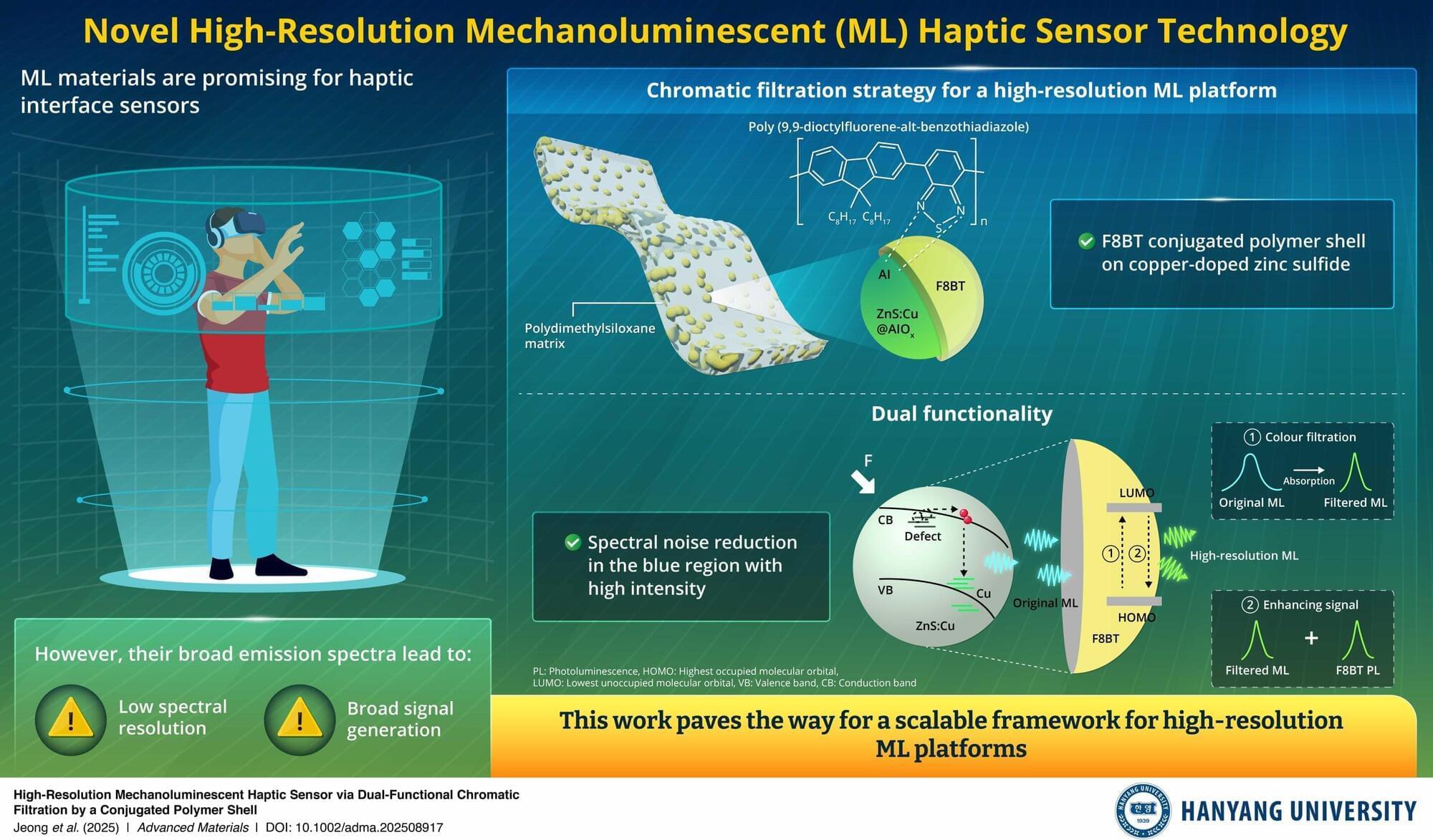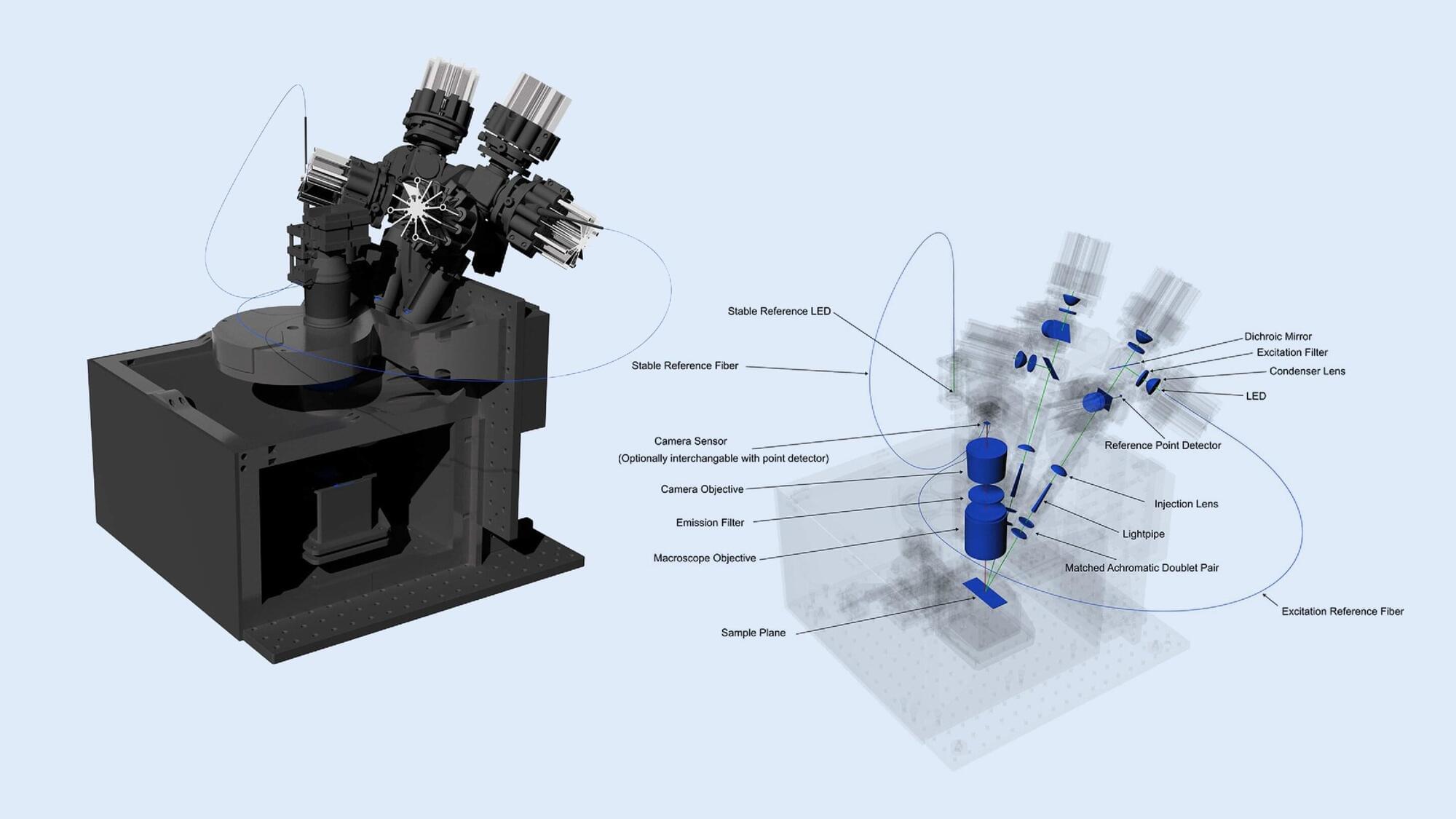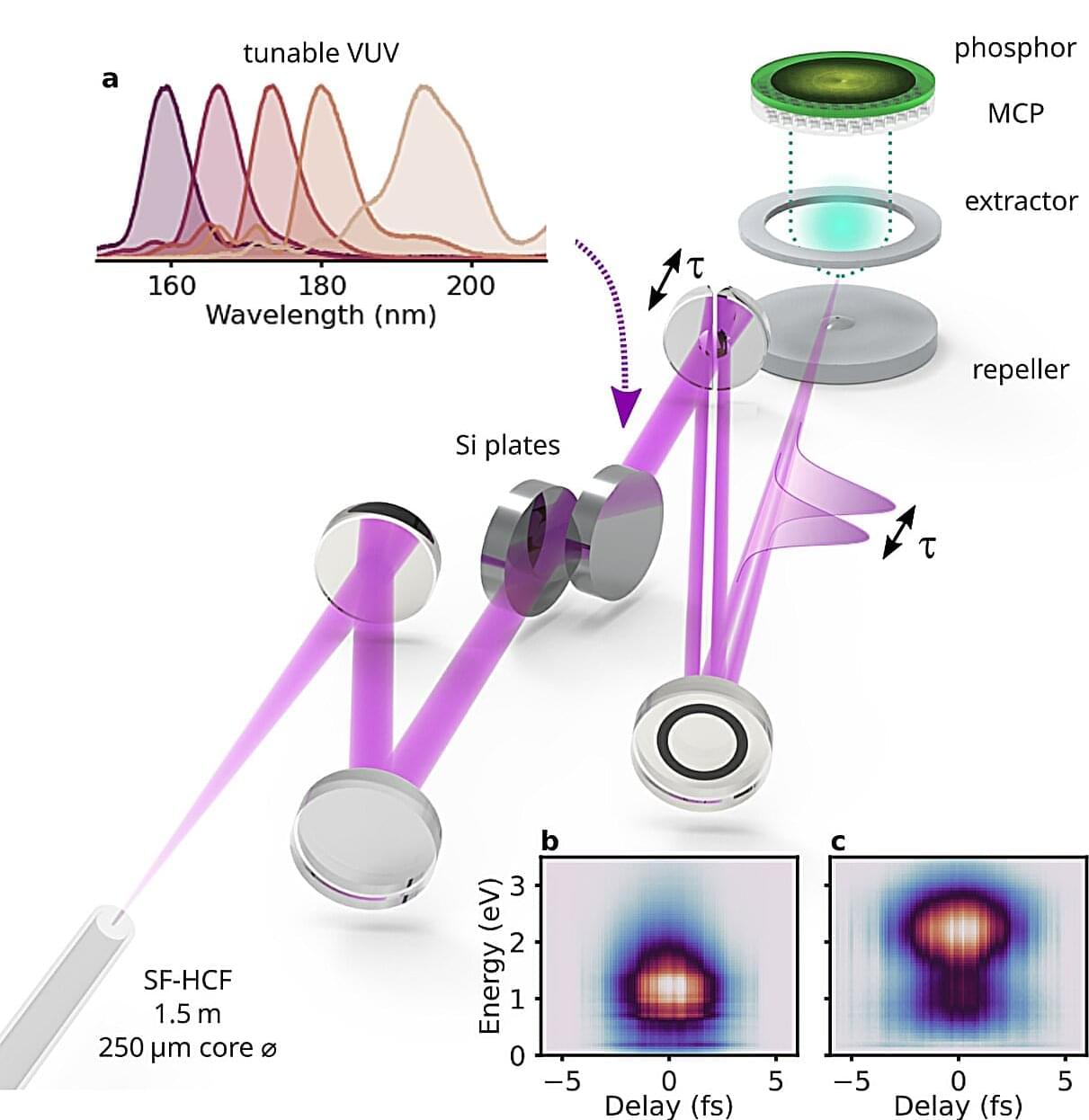Reconfigurable intelligent surfaces (RIS) are engineered structures comprised of several elements known as ‘meta-atoms,’ which can reshape and control electromagnetic waves in real-time. These surfaces could contribute to the further advancement of wireless communications and localization systems, as they could be used to reliably redirect, strengthen and suppress signals.
In conventional applications of RIS for wireless communication, each meta-atom is controlled by a system known as the ‘base-station,’ which is connected to the surface via electrical cables. While surfaces following this design can attain good results, their reliance on wires and a base station could prevent or limit their real-world deployment.
Researchers at Tsinghua University and Southeast University recently developed a new RIS that controls itself and does not need to be connected to a base station. This new surface, introduced in a paper published in Nature Electronics, draws inspiration from holography, a well-known method to record and reconstruct an object’s light pattern to produce a 3D image of it.








